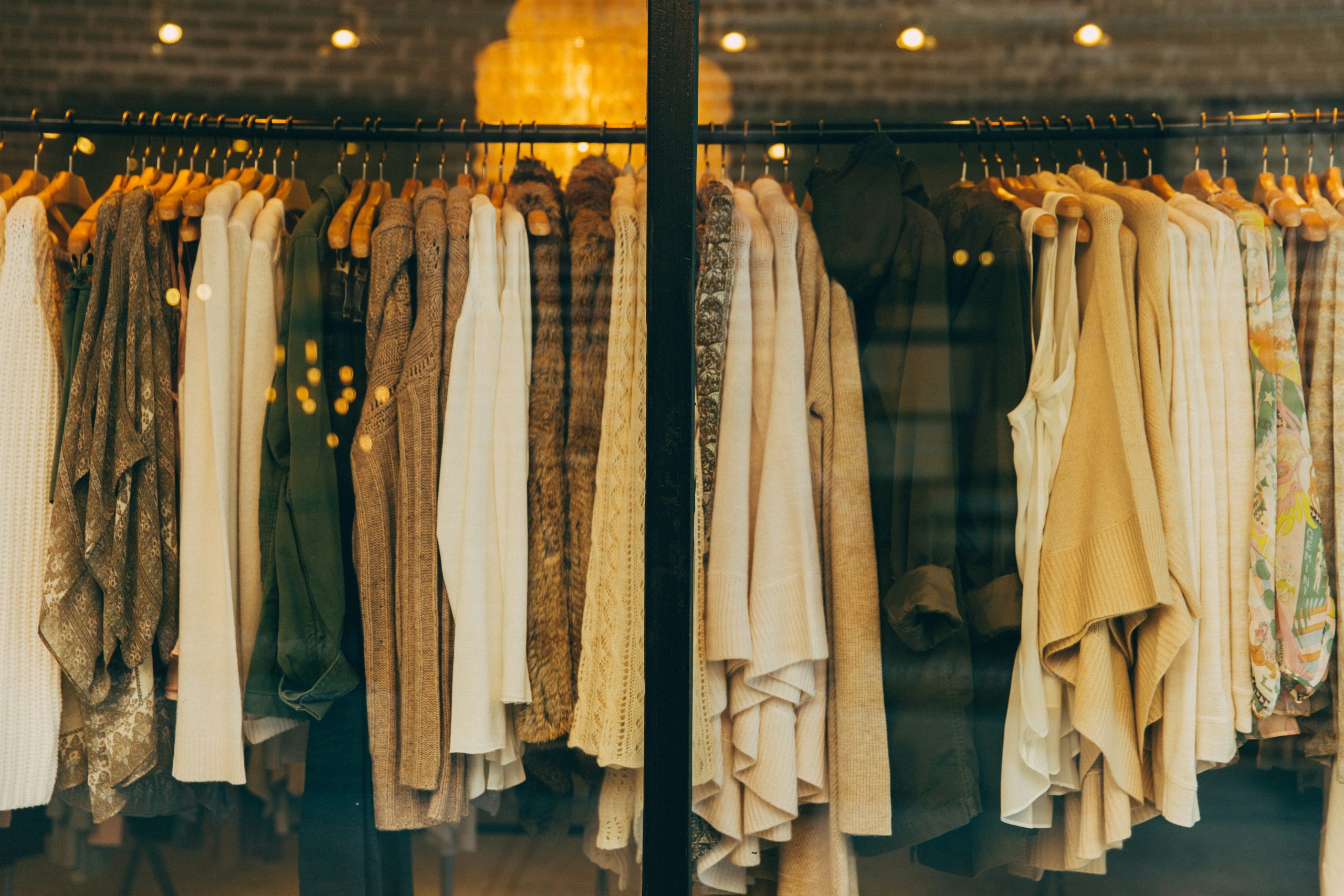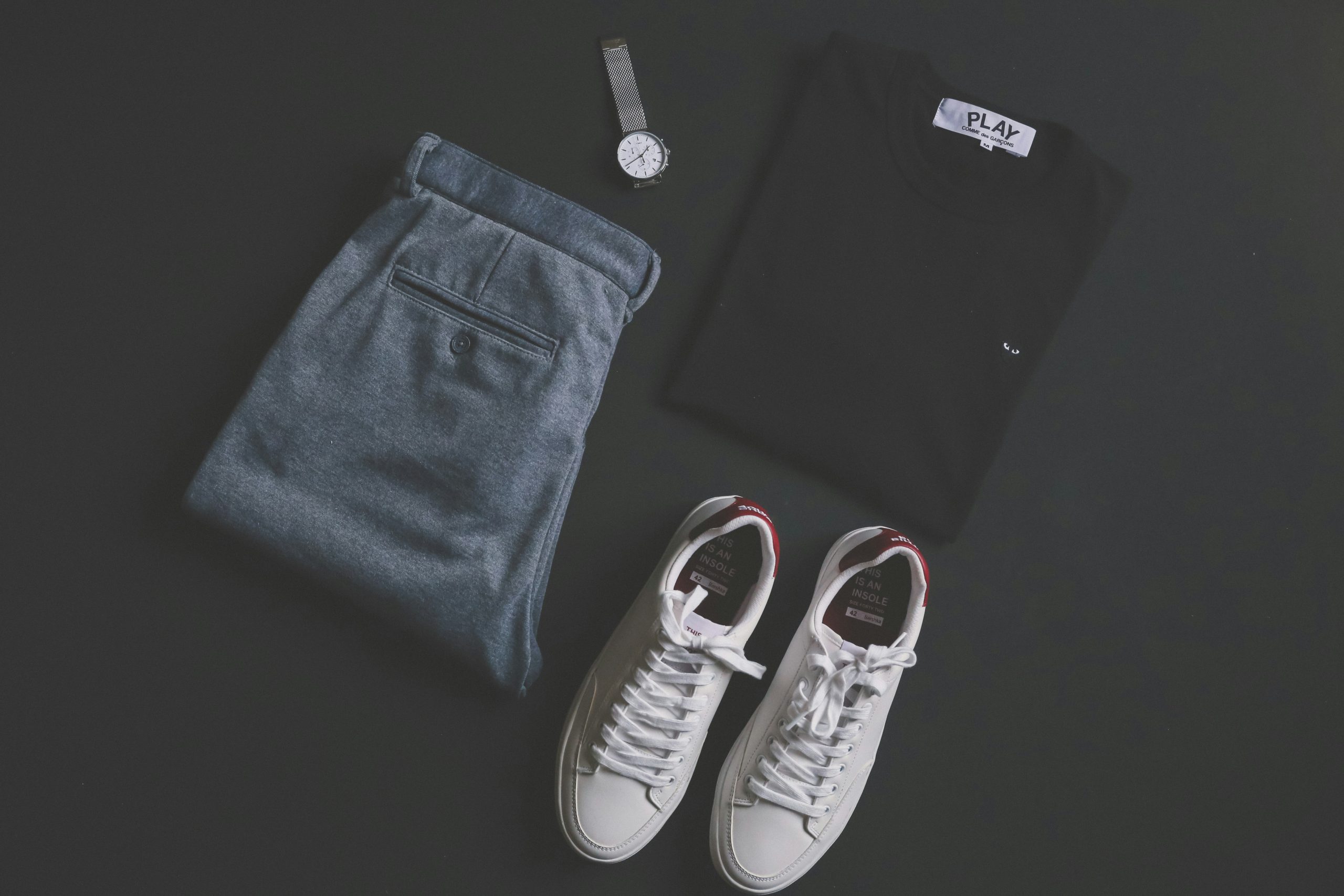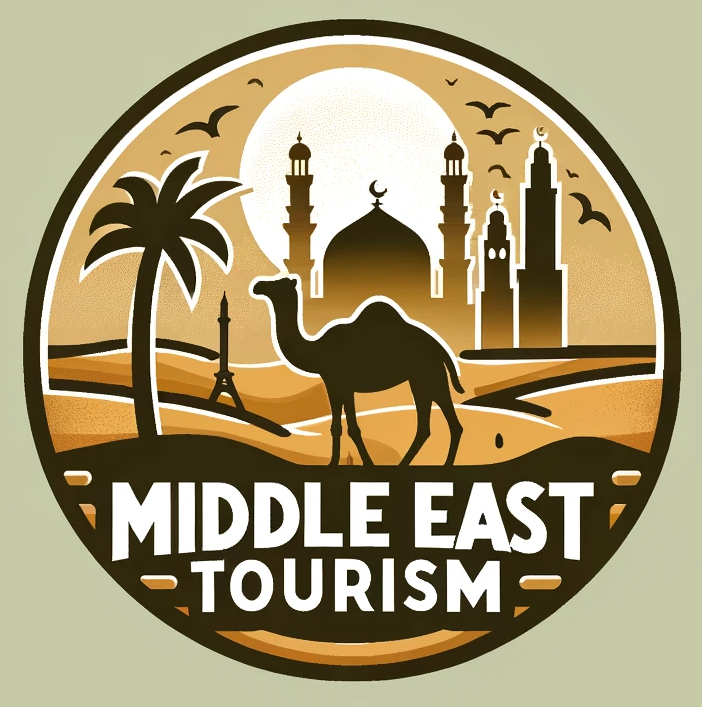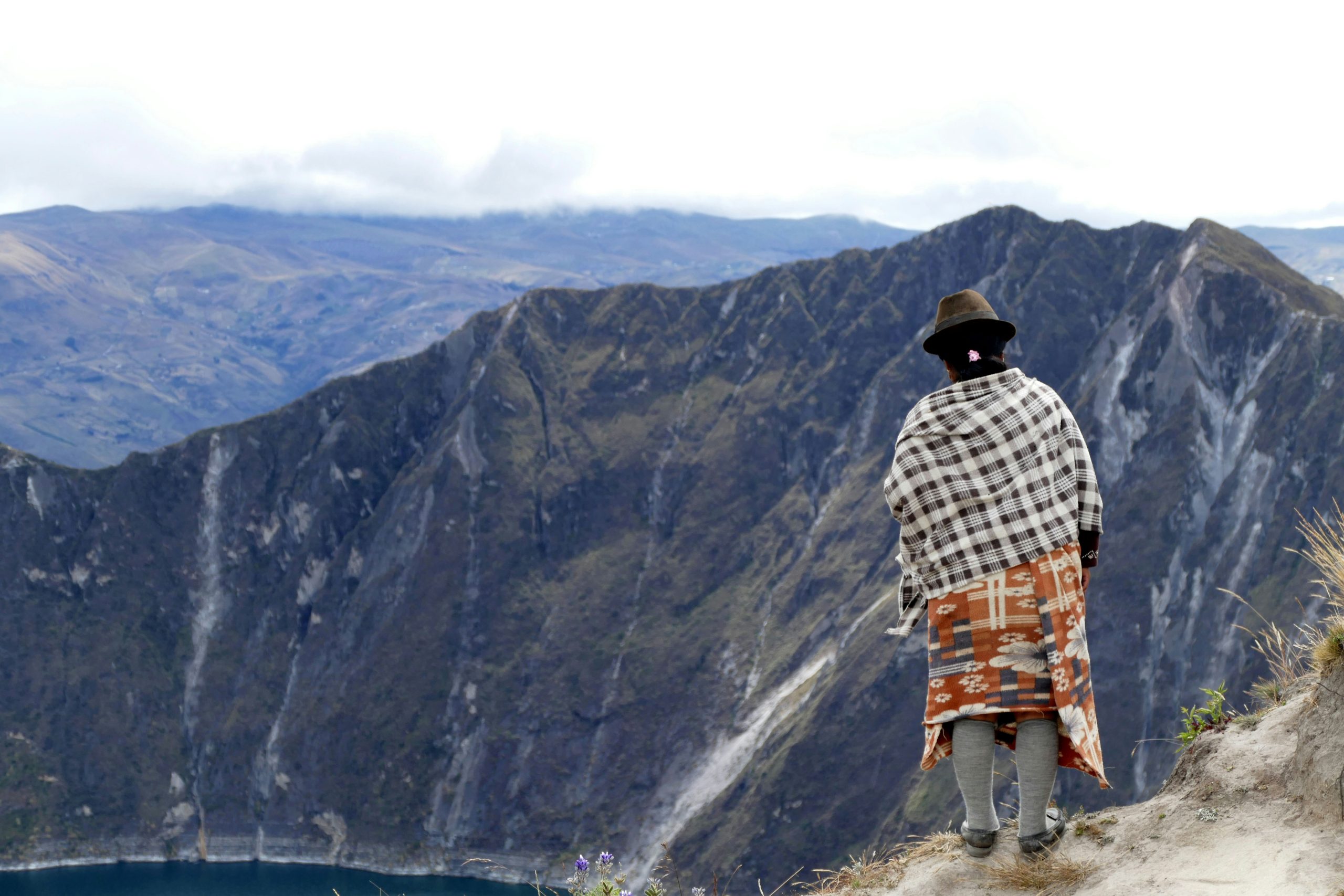Discover the vibrant colors, intricate designs, and cultural significance of Middle Eastern traditional clothing. Explore how these unique garments weave a story of heritage and identity, inviting tourists to immerse themselves in a rich tapestry of culture. Is Middle Eastern traditional clothing a must-see attraction for tourists? Let’s unravel the threads and find out.
Exploring Middle Eastern Traditional Clothing

Middle Eastern traditional clothing offers a captivating glimpse into the rich cultural tapestry of the region. From the flowing robes of the Bedouins to the intricate embroidery of Palestinian thobes, these garments carry centuries of history and tradition woven into their fabrics.
heritage and symbolism
Middle Eastern traditional clothing is not just about style; it is a reflection of the region’s deep-rooted heritage and symbolism. Each garment tells a story, with colors, patterns, and designs often holding specific meanings. For example, in some cultures, the choice of fabric and embroidery can indicate social status or marital status.
modern influences
While traditional clothing remains a cherished part of Middle Eastern culture, modern influences have also shaped contemporary fashion trends in the region. Designers like Stéphane Rolland have drawn inspiration from Arab culture, creating collections that blend traditional elements with a modern twist.
revival of traditional dress
In recent years, there has been a renewed interest in reviving traditional dress in the Middle East. Fashion events and initiatives, such as the Vogue Business event in Dubai, have highlighted the importance of preserving and promoting traditional clothing styles.
challenges and adaptations
However, the fading tradition of female facial tattoos in some parts of the Middle East and North Africa underscores the challenges faced in preserving older customs. As societies evolve, traditional garments may undergo adaptations to suit modern lifestyles while retaining their cultural significance.
exploring middle eastern fashion
Exploring Middle Eastern traditional clothing is not just about attire; it is a journey into the heart of a vibrant and diverse culture. From the bustling markets of the Middle East to high-end fashion events, the region’s sartorial heritage continues to captivate and inspire. By embracing both the past and the present, Middle Eastern fashion remains a testament to enduring traditions and timeless elegance.
Rich Cultural Heritage and Diversity

Exploring the Diverse World of Middle Eastern Traditional Clothing
Middle Eastern traditional clothing is a vibrant reflection of the region’s rich history and cultural heritage. From the flowing robes of the Bedouins to the intricately embroidered garments of Palestinian women, each piece of clothing tells a unique story of tradition and identity. The diversity of styles and designs across the Middle East showcases the region’s multicultural tapestry.
Symbolism and Significance
Traditional clothing in the Middle East goes beyond mere fabric and stitches. Each garment carries symbolic meaning and cultural significance, often reflecting a person’s social status, religious beliefs, or regional affiliation. For example, the distinct patterns found in Palestinian embroidery are not just decorative but carry historical narratives and familial connections.
Innovation and Adaptation
While rooted in centuries-old traditions, Middle Eastern traditional clothing has also evolved and adapted to contemporary influences. Modern interpretations of traditional garments, such as the fusion of traditional Arab dress with Western fashion trends, showcase the dynamic nature of Middle Eastern fashion. Designers are reimagining classic silhouettes with a contemporary twist, appealing to a new generation while still honoring the region’s cultural heritage.
Exploring Cultural Tourism Through Traditional Clothing
For travelers like Sarah, exploring Middle Eastern traditional clothing can be a fascinating way to immerse oneself in the region’s vibrant culture. From visiting local markets to witnessing traditional fashion shows, tourists can engage with artisans and designers to learn about the craftsmanship and stories behind each garment. Participating in workshops or heritage tours focused on traditional clothing can provide a deeper understanding of the region’s heritage and craftsmanship.
Preserving Heritage Through Fashion Archives
Initiatives such as The Zay’s digital archive play a crucial role in preserving and celebrating Arab fashion heritage. By digitizing historical garments, embroidery techniques, and design motifs, these archives ensure that future generations can appreciate and learn from the rich cultural tapestry of Middle Eastern fashion. Museums and cultural institutions also play a vital role in safeguarding traditional clothing through exhibitions and educational programs.
The Future of Middle Eastern Traditional Clothing
As the world becomes more interconnected, Middle Eastern traditional clothing continues to inspire and influence the global fashion industry. Designers are drawing inspiration from traditional motifs and techniques, incorporating them into contemporary collections that reach a global audience. By embracing and celebrating the diversity and heritage of Middle Eastern traditional clothing, we not only honor the past but also shape the future of fashion.
Symbolism and Significance of Traditional Clothing

The Middle East is a region rich in history, culture, and traditions, and one of the most visually striking elements of its cultural heritage is traditional clothing. From the iconic kaffiyeh to the elegant abaya, Middle Eastern traditional clothing not only serves as a form of attire but also holds deep symbolism and significance in the region’s social, political, and religious contexts.
kaffiyeh: the symbolism and history of a checkered scarf
The kaffiyeh, a checkered scarf worn mainly by Arab men, is perhaps one of the most recognizable symbols of the Middle East. Originally used by Bedouins to protect themselves from the harsh desert sun and sand, the kaffiyeh has evolved into a powerful symbol of Palestinian nationalism and resistance. Its distinctive pattern and colors have become synonymous with solidarity and defiance against oppression.
Kaffiyeh – Symbol of resistance and nationalism
– Originally used as protection in harsh desert conditions
– Evolved into a symbol of Palestinian nationalism
– Represents solidarity and defiance against oppression
the abaya controversy: cultural appropriation or expression?
In recent years, traditional Middle Eastern clothing has sparked debates on cultural appropriation, with incidents like France banning Muslim students from wearing the abaya dress in state schools. The question of when it is appropriate to wear items from another culture, and when it constitutes cultural appropriation, remains a hot topic of discussion.
Abaya controversy – Cultural appropriation debate
– France bans Muslim students from wearing the abaya dress
– Discussion on when wearing another culture’s clothing is appropriate
– Balancing cultural exchange and respect for traditions
the politics of the headscarf: empowerment or oppression?
Muslim women’s headscarves, such as the hijab or the niqab, have been a focal point of political discourse. Some view it as a symbol of religious piety and female modesty, while others see it as a tool of oppression. The intersection of religion, culture, and politics makes the headscarf a complex and multifaceted garment.
Headscarf politics – Empowerment vs. oppression
– Symbol of religious piety and modesty for some
– Seen as a tool of oppression by others
– Intersection of religion, culture, and politics
the bisht: a symbol of honor and prestige
The bisht, a long black cloak worn in the Gulf region, holds a special place in Middle Eastern culture. Given as a sign of honor and prestige, the bisht is often worn on formal occasions and ceremonies. Its history and significance are deeply intertwined with tradition and respect for heritage.
Bisht – Symbol of honor and prestige
– Worn in the Gulf region for formal occasions
– Sign of honor and respect
– Reflects tradition and heritage
from tradition to resistance: the keffiyeh as a symbol of defiance
The keffiyeh, a traditional Palestinian scarf, has transcended its functional purpose to become a powerful symbol of resistance. Worn by activists and civilians alike, the keffiyeh represents solidarity with the Palestinian cause and defiance against occupation. Its presence in fashion and activism underscores its enduring significance in the region.
Keffiyeh – Symbol of defiance and resistance
– Worn by activists and civilians in solidarity with the Palestinian cause
– Represents defiance against occupation
– Enduring significance in fashion and activism
In conclusion, Middle Eastern traditional clothing goes beyond mere garments; it is a reflection of history, identity, and cultural values. From the kaffiyeh to the abaya, each piece of clothing carries with it a story of symbolism and significance that enriches the tapestry of the region’s heritage.



